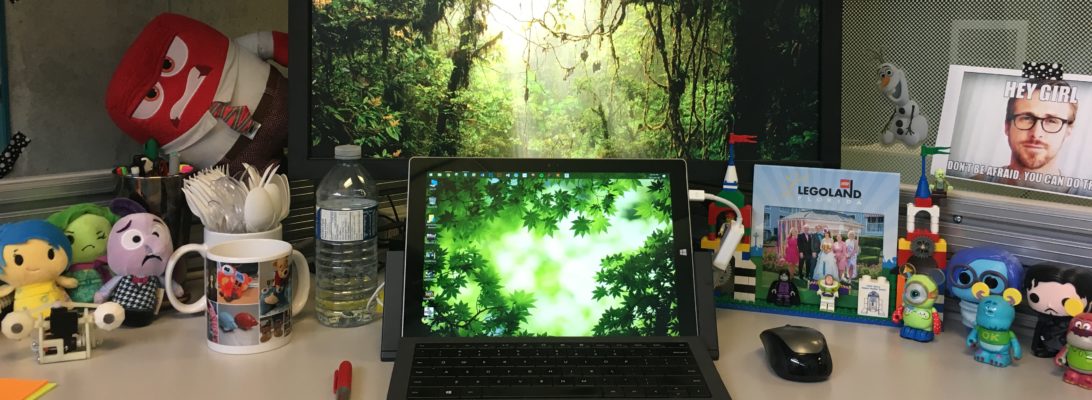Now that all of the research comprising my Dissertation has been published (see
here,
here,
here,
here, and
here), I am happy to make it publicly available. If you would like to read my dissertation (its a tad long at 144 pages), a .pdf copy of my thesis can be found
here. I am also super happy that I was lucky enough to receive the
University of Alberta Faculty of Science Doctoral Dissertation Award for my research.

Yes, there was lots of pontificatation during the writing of my dissertation.
Abstract:
Although pens and paper are pervasive in the analog world, their digital counterparts, styli and tablets, have yet to achieve the same adoption or frequency of use. Digital styli should provide a natural, intuitive method to take notes, annotate, and sketch, but have yet to reach their full potential. There has been surprisingly little research focused on understanding why inking experiences differ so vastly between analog and digital media and amongst various styli themselves. To enrich our knowledge on the stylus experience, this thesis contributes a foundational understanding of the factors implicated in the varied experiences found within the stylus ecosystem today.
The thesis first reports on an exploratory study utilizing traditional pen and paper and tablets and styli that observed quantitative and behavioural data, in addition to preferential opinions, to understand current inking experiences. The exploration uncovered the significant impact latency, unintended touch, and stylus accuracy have on the user experience, whilst also determining the increasing importance of stylus and device aesthetics and stroke beautification. The observed behavioural adaptations and quantitative measurements dictated the direction of the research presented herein.
A systematic approach was then taken to gather a deeper understanding of device latency and stylus accuracy. A series of experiments garnered insight into latency and accuracy, examining the underlying elements that result in the lackluster experiences found today. The results underscored the importance of visual feedback, user expectations, and perceptual limitations on user performance and satisfaction. The proposed Latency Perception Model has provided a cohesive understanding of touch- and pen-based latency perception, and a solid foundation upon which future explorations of latency can occur.
The thesis also presents an in-depth exploration of unintended touch. The data collection and analysis underscored the importance of stylus information and the use of additional data sources for solving unintended touch. The behavioral observations reemphasized the importance of designing devices and interfaces that support natural, fluid interaction and suggested hardware and software advancements necessary in the future. The commentary on the interaction – rejection dichotomy should be of great value to developers of unintended touch solutions along with designers of next-generation interaction techniques and styli.
The thesis then concludes with a commentary on the areas of the stylus ecosystem that would benefit from increased attention and focus in the years to come and future technological advancements that could present interesting challenges in the future.






